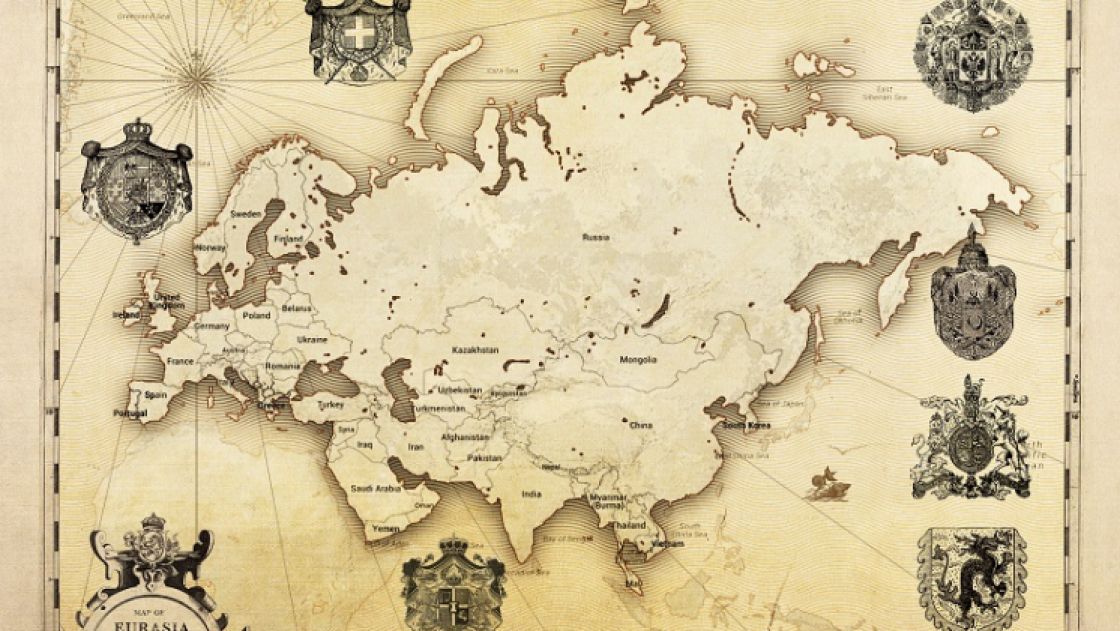- Articles
- Posted
The belt and the road: the material basis to decolonization
In mid-October 2023, the Third Belt and Road Forum for International Cooperation will be held in Beijing. This coincides with the 10th anniversary of China’s launch of the Belt and Road Initiative (BRI), which was practically launched in September and October 2013.
About six months before announcing the launch of the BRI, specifically on March 23, 2013, in a speech at the Moscow State Institute of International Relations during his first foreign visit after assuming office, Chinese President Xi Jingping said: “It is a world where countries are linked with and dependent on one another at a level never seen before. Mankind, by living in the global village in the same era and on the same Earth where history and reality meet, has increasingly emerged as a community of common destiny in which everyone has in himself a little bit of others”.
It can be said that the concept of “a community with a shared future for mankind” launched by the Chinese President in March 2013 was the cultural, moral, and conceptual foundation of the Belt and Road project.
A significant portion of Western media believes that the Belt and Road 10th anniversary is an opportunity that should not be missed, not for an objective examination, but rather to intensify propaganda hostile to the BRI and to China. As just one example of many, they allege that the “win-win” slogan turns out to mean “China wins twice”.
The geopolitical dimension
Although economic figures alone are sufficient to refute Western claims hostile to the BRI, especially based on the clear progress recorded by the countries that have seriously engaged therein, there is another dimension that is rarely addressed: the geopolitical.
The West seeks to portray the BRI in the following distorted image: “Since China has become, over the last two decades, the world’s factory, it therefore needs huge transnational infrastructure, primarily roads and railways, in order to export its production and to flood the world with it”. Based on this distorted image, various types of false allegations are fabricated, such as the “Chinese debt trap”, “China wins twice”, and so forth.
Understanding the BRI’s geopolitical dimension requires a cursory glance at the nature of the commercial system that prevailed in the world starting from the 17th century, specifically with the launch of the “East India Company”, as a European colonial project that several European countries successively controlled. Of course, the longest period of control over it was the British period, which did not actually end until the emergence of New China in 1949.
The essence of colonial policy for more than 400 years was based on the following principles:
A- “Win-lose”: Colonizers profit and the colonized peoples lose – here, we can understand the deep meaning of the “Win-Win” slogan launched by China, not only as a commercial slogan, but also as an anti-colonial slogan, whether in its old form or in its new form, i.e., “unequal exchange”.
B- “Sea vs land”: The colonialism-imposed trade routes, due to colonialism being geographically located in Western Europe, far from the sources of natural and human resources in Asia and Africa, were limited to maritime routes.
C- “Coast vs inland”: The coasts relatively flourished in Asia and Africa as ports for colonial trade, while the continental inland was neglected, its development prevented, and its function limited to producing and exporting raw wealth (including agricultural) towards the coast, and from there to Western Europe.
D- “Land vs land”: To preserve the sovereignty of maritime routes, it was necessary to prevent any possibilities for cooperation among peoples in Asia and Africa, and implicitly prevent development of land routes between them, and create various types of conflicts and wars on various national, religious, sectarian, and other grounds.
This miniature portray of the essence of colonial policy clearly reveals the geostrategic dimension of the BRI as an anti-colonial project. In other words, the BRI provides the material basis for liberation from colonialism based on “win-win”, and for ending the hostility between “land and sea”, “coast and inland”, and “land and land”, by integrating everyone into massive cooperative development projects profitable for all and opening up horizons of development and prosperity for all.
Moreover, closer attention should be paid to the fact that if colonial projects were based on getting peoples and countries to fight against each other, then the BRI project quite contrarily needs to end conflicts and make peace prevail. Thus, it becomes completely understandable what “a community with a shared future for mankind” means, and implicitly China’s qualitative role in settling several regional crises and conflicts, the successful mediation between Saudi Arabia and Iran, being one example of many.



